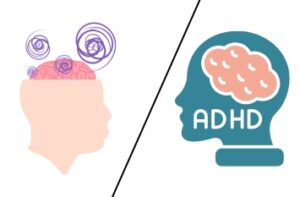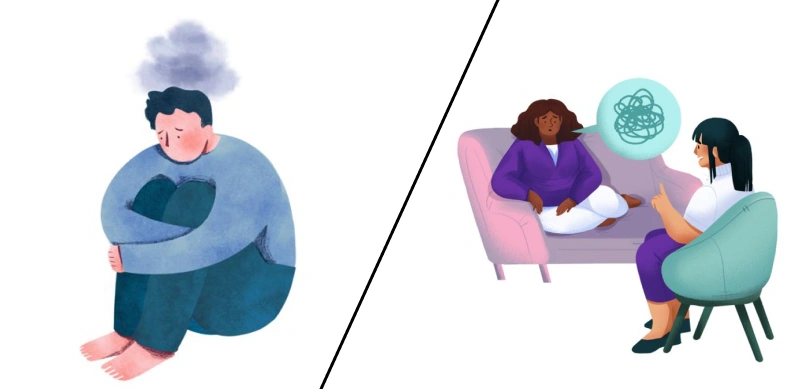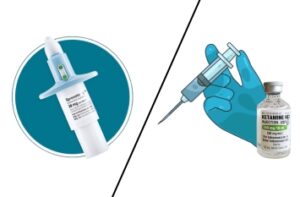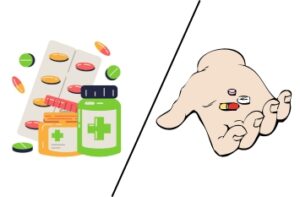
ADHD and Sensory Processing: What’s the Connection?
ADHD and Sensory Processing: What’s the Connection? When most people think of ADHD (Attention Deficit Hyperactivity Disorder), they think of distractibility, impulsivity, or difficulty sitting

As the days grow shorter and the winter chill sets in, it’s common to feel a bit sluggish or down. For some, however, these feelings run deeper, signaling Seasonal Affective Disorder (SAD). Often dismissed as just the “winter blues,” SAD is a complex form of depression that can affect individuals during specific times of the year. What’s even more surprising? SAD can also occur during the summer months!
Seasonal Affective Disorder is a type of depression linked to changes in seasons. It’s most common during the fall and winter months when daylight hours decrease, but it can also occur in the spring and summer. Winter-onset SAD is the more prevalent form, and its symptoms can persist from late autumn to early spring.
SAD affects people differently, but common symptoms include:
If these symptoms sound familiar and consistently appear during specific times of the year, it may be time to consider the possibility of SAD.
Seasonal Affective Disorder is complex, and its causes can vary from person to person. While the exact mechanisms are not fully understood, researchers have identified several biological, environmental, and psychological factors that may contribute to SAD. These factors often work together to disrupt your body’s natural rhythms and brain chemistry, leading to symptoms of depression.
Here are the primary causes linked to SAD:
By understanding the root causes of Seasonal Affective Disorder, individuals and healthcare providers can work together to develop effective strategies for treatment and prevention.
The good news? Seasonal Affective Disorder is manageable, and effective treatment options are available. Here are some of the most recommended approaches:
Light therapy involves daily exposure to a lightbox that mimics natural sunlight. Spending 20–30 minutes each morning under a lightbox can significantly improve energy and mood.
Antidepressants, particularly Selective Serotonin Reuptake Inhibitors (SSRIs), can help regulate mood and manage depressive symptoms.
Cognitive-Behavioral Therapy (CBT) focuses on identifying negative thought patterns and creating strategies to manage them. CBT is especially effective for those dealing with SAD.
Vitamin D deficiency is common in individuals with SAD, especially during darker months. Taking supplements may help improve symptoms.
At Perfect Balance Psychiatric Services, Dr. Siddiki specializes in diagnosing and treating Seasonal Affective Disorder. Whether you’re facing winter-onset or summer-onset SAD, our comprehensive approach ensures tailored treatment plans designed to bring balance back into your life.
Our services include:
Are you or someone you love struggling with Seasonal Affective Disorder or other mental health challenges? Don’t hesitate to seek help. At Perfect Balance Psychiatric Services, we are dedicated to guiding you toward a healthier, happier, and more balanced life.

ADHD and Sensory Processing: What’s the Connection? When most people think of ADHD (Attention Deficit Hyperactivity Disorder), they think of distractibility, impulsivity, or difficulty sitting

Spravato vs Ketamine Infusions. What’s the Difference If you’ve been exploring treatment options for depression that hasn’t responded to medication, you may have come across

How Long Does It Take for Psychiatric Medication to Work? When you start taking psychiatric medication — whether for depression, anxiety, bipolar disorder, or another
